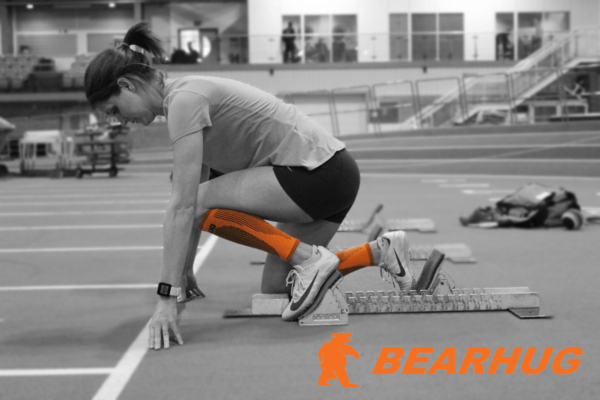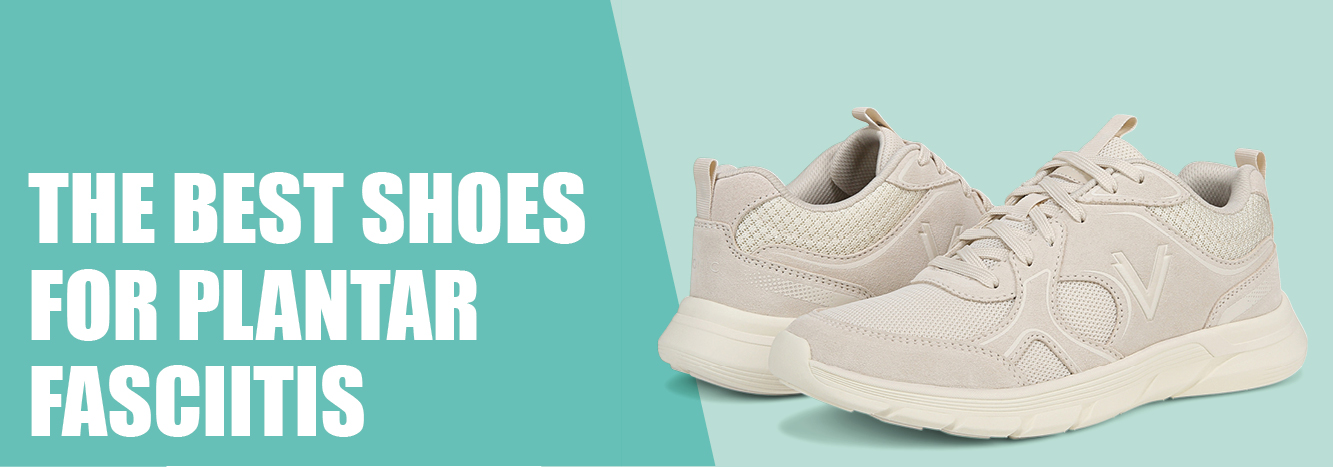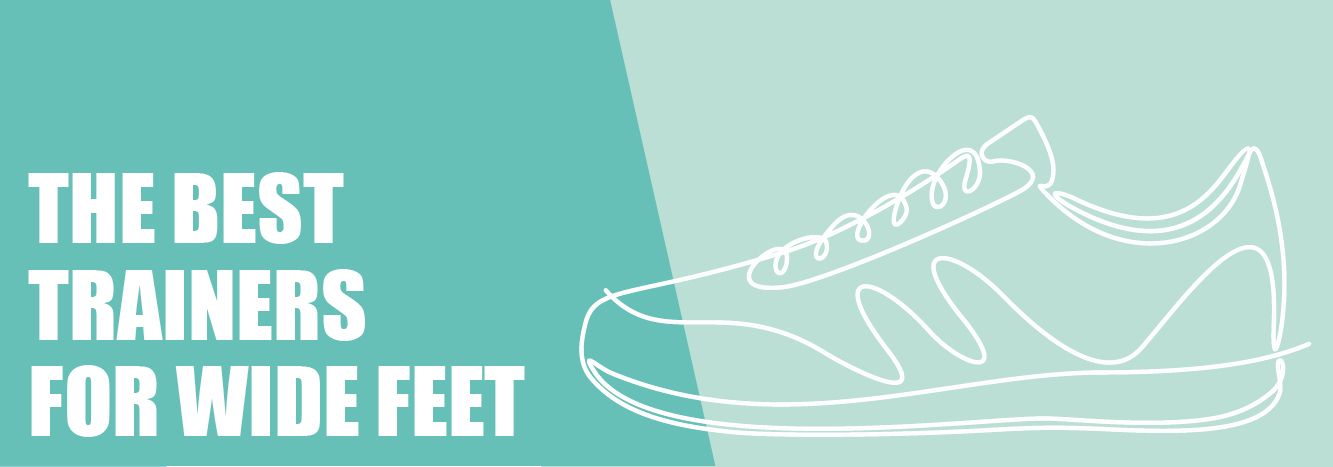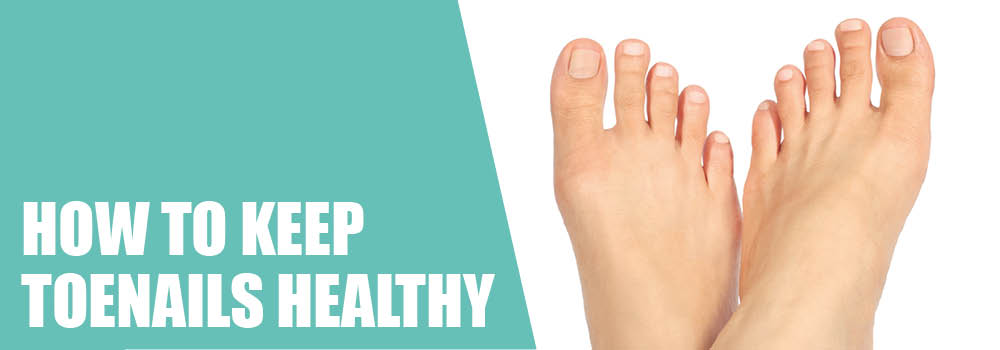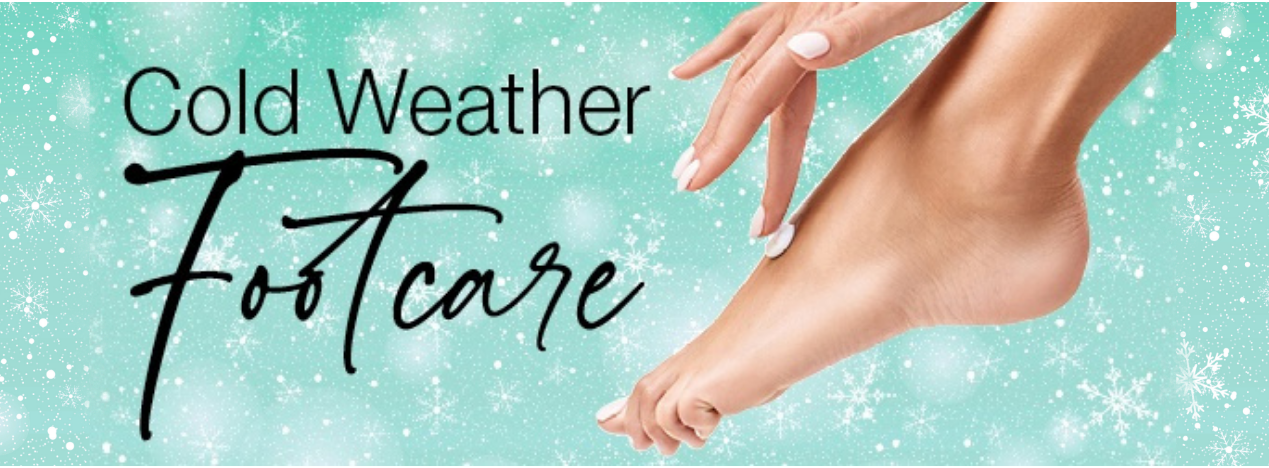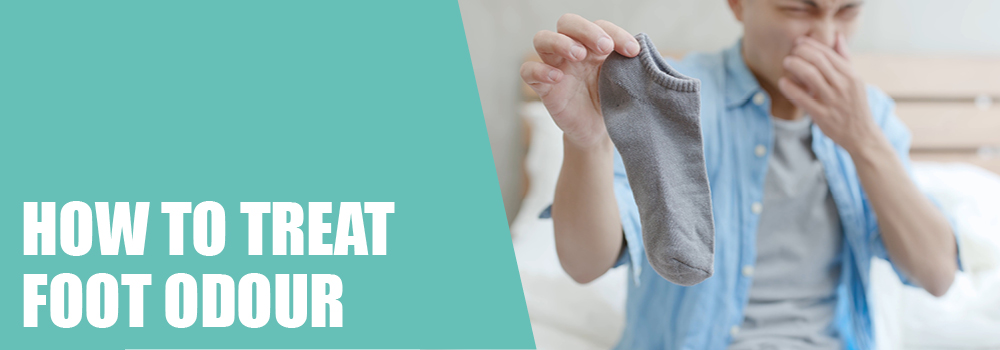The Ultimate Guide To Compression Socks
- Mrs G
- Simply Feet Blog
- 10 Jul 2023
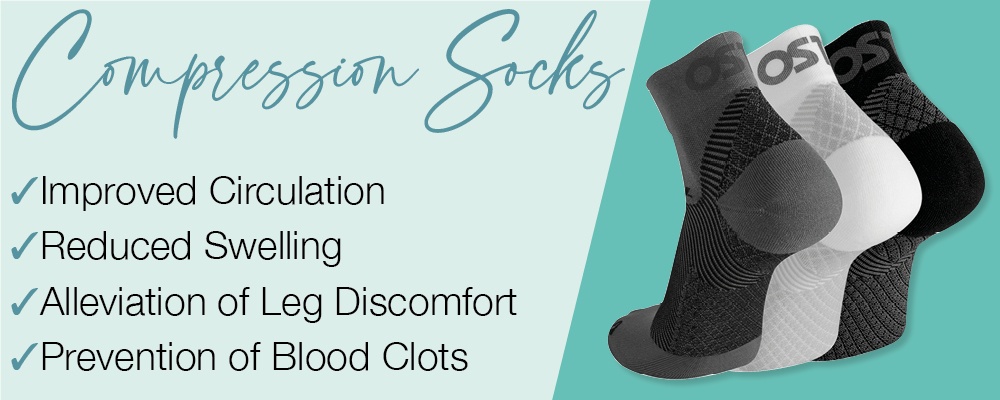
Compression socks have gained significant popularity recently due to their potential health benefits and therapeutic properties. Whether you're an athlete seeking enhanced performance, someone dealing with leg discomfort, or simply looking to improve your overall leg health, understanding compression socks is key.
In this comprehensive guide, we will explore what compression socks are, how they work, their benefits, and any potential side effects to be aware of.
What Are Compression Socks?
Compression socks are a sock that is designed to improve blood circulation in the legs and feet by adding mild pressure. Compression socks are typically recommended by Doctors, Podiatrists, and healthcare professionals to people who have issues with their circulation or are at risk of deep vein thrombosis (DVT).
How Do Compression Socks Work?
Compression socks differ from traditional socks and stockings due to their utilisation of stronger elastics, which apply pressure to the legs, ankles, and feet. Upon wearing compression socks, the tightest sensation is typically experienced around the ankles, gradually decreasing in constriction as they extend towards the knees and thighs.
The function of compression socks is to compress the surface veins, arteries, and muscles. This compression leads to the redirection of circulating blood through narrower channels. As a result, arterial pressure increases, prompting more efficient blood return to the heart and reducing the pooling of blood in the feet.
The Benefits of Compression Socks
Compression socks offer a range of benefits that can positively impact your leg health and overall well-being. Here are some key benefits of using compression socks:
Improved Circulation
Compression socks help promote blood circulation by applying gentle pressure onto your legs. They feature a graduated compression design, applying higher pressure at the ankles and gradually decreasing pressure upwards. This specific design aids in pushing blood back up towards the heart, making compression socks highly beneficial for individuals with poor circulation or those who spend extended periods sitting or standing.
Reduced Swelling
Compression socks effectively reduce swelling in the legs, ankles, and feet. By applying pressure to the tissues and veins, they help prevent fluid build-up and facilitate the movement of excess fluid back into the circulatory system. This makes them particularly beneficial for individuals experiencing oedema or swelling caused by pregnancy, lymphedema, or prolonged periods of inactivity.
Alleviation of Leg Discomfort
Wearing compression socks can provide relief from leg pain, fatigue, and discomfort. They help to stabilise and support the muscles, reducing muscle vibration during movement. This will help minimise muscle soreness and cramping, making them popular among athletes and individuals who engage in physical activities.
Prevention of Blood Clots
Compression socks can effectively decrease the likelihood of blood clot formation by enhancing circulation and preventing blood from pooling. This action helps maintain a healthy blood flow, reducing the risk of deep vein thrombosis (DVT) and other complications associated with clotting.
Compression Socks FAQs
Who Should Wear Compression Socks?
Compression socks can be beneficial for various individuals in different situations. They are commonly recommended for people who experience specific conditions or engage in certain activities. Individuals who may benefit from wearing compression socks include:
Athletes
Some athletes may wear compression socks to help aid in enhancing performance, reducing muscle soreness and accelerating recovery. This happens by the compression socks improving oxygen delivery and minimising muscle vibration during exercise.
Pregnant Women
When pregnant, you are more susceptible to swelling and discomfort in your legs, feet and ankles. Compression socks can help provide relief by reducing swelling and supporting proper blood flow.
Aeroplane Crew or Passengers
When travelling long distances, the risk of deep vein thrombosis (DVT) or blood clots increases due to prolonged sitting. The compression socks will help increase circulation and reduce the risk of developing DVT or blood clots.
People Standing or Sitting For Long Hours
People who stand or sit for long periods of time are more likely to experience leg swelling, discomfort or fatigue. This is where compression socks would help alleviate these symptoms by promoting blood circulation and reducing swelling.
How Long Does It Take for Compression Socks To Work?
The effectiveness of compression socks can vary based on individual factors and their intended purpose. Upon wearing them, compression socks can provide immediate relief and enhanced comfort by improving blood circulation. This can lead to reduced leg fatigue and swelling. However, the time it takes to experience the long-term benefits of compression socks may differ. In some cases, it may take several weeks or even months before noticeable improvements are observed, especially for specific medical conditions.
How Long Can You Wear Compression Socks For?
You can wear compression socks all day, as they are intended to be worn for long periods of time. For example, if you’re sitting at a desk all day, travelling, or standing on your feet they bring excellent benefits. However, ensure that you take them off before sleeping unless your doctor has recommended this.
Can Compression Socks Be Worn During Exercise?
Compression socks can be worn during exercise and have been known to enhance your performance. They can also help increase blood circulation and relieve foot, ankle, shin splint and muscle inflammation pain.
Do Compression Socks Have Side Effects?
Compression socks are generally safe to use, but like any medical garment or intervention, they can have potential side effects. It is important to be aware of these potential side effects and monitor your body's response when using compression socks. Here are some possible side effects:
- Discomfort - you may find compression socks uncomfortable to wear, especially if they are too tight or do not fit properly. It is important to ensure the socks are the correct size and properly adjusted to avoid discomfort.
- Skin irritation - Prolonged use of compression socks can sometimes cause skin irritation, such as redness, itching, or rashes.
- Pressure-related issues - If the compression socks are too tight, they may restrict blood flow rather than enhance it. This can lead to problems such as numbness, tingling, or swelling in the legs or feet. It is crucial to ensure the correct level of compression and consult a healthcare professional for guidance.
- Contraindications - In some cases, individuals with certain medical conditions may be advised against using compression socks or may require careful monitoring while using them. It is essential to consult a healthcare professional to determine the suitability of compression socks for your specific situation.
These side effects are not experienced by everyone and are typically minor. However, if you encounter any persistent or severe discomfort or adverse reactions while using compression socks, it is recommended to seek medical advice promptly.
Prevent Poor Circulation Today
At Simply Feet, we have an excellent selection of products designed specifically to help with poor circulation. We recommend speaking with a podiatrist if you have any concerns or questions about whether compression socks are right for you.
If you require any further assistance, please contact us here and a member of our staff will be in touch with you!

